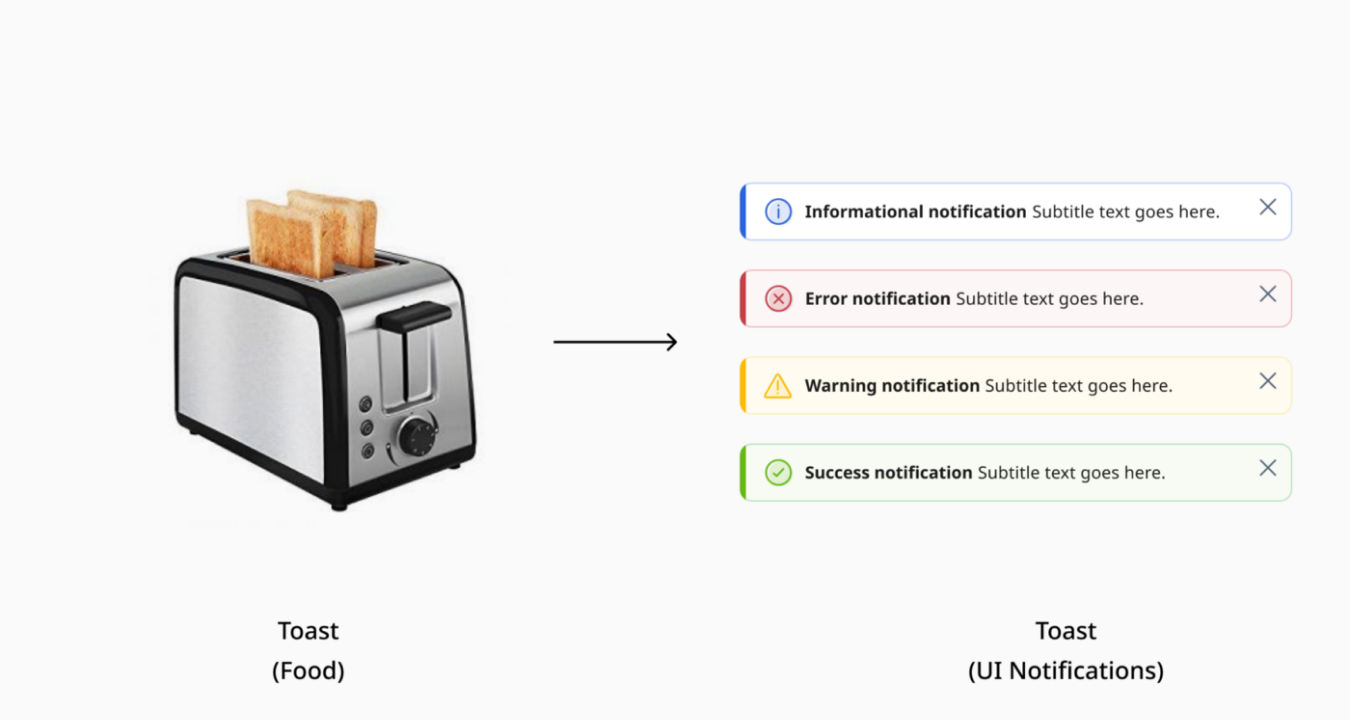The unintended consequences of our designs
Weekly curated resources for designers — thinkers and makers.
The design practice in conjunction with the business context puts us in a particularly interesting position of bringing the customer to the work process, but in an abstract, distant way; identifying pain points, while continuing to build on top of existing paradigms. We start looking at our work, and at the world in general, in an incredibly specific way — named here as The Designer’s Gaze.
From our first encounter with the design process, we’re taught to observe with the intention to identify ‘problems’ that can be solved. This is the beginning of the designer's gaze: looking at the world around us not with the intention to understand, but with the intention to solve.
The UX Collective is an independent ad-free design publication that elevates unheard design voices, reaching over 500k+ designers every week. Follow our new Instagram.
Editors’ picks
Winter is coming →
Becoming a recession-proof designer.Customization & inclusion →
Hey, check out this egg-laying wool-milk-pig: said no one ever.Outdated-isms →
Thoughts on modernism, brutalism, and a number of other outdated “isms”.Life-centered thinking →
Setting global goals for your project.First things first →
Are we just propelling our planet’s sixth mass extinction?
Futura: grace under pressure.
Jobs
UX Designer @ Gartner
If you are excited about growing business-critical product lines while achieving a high bar for ease-of-use for our customers then you are at the right place.
Submit a job opening or get your portfolio seen by hiring managers
Make me think
Mobile-First CSS: is it time for a rethink? →
“The mobile-first design methodology is great—it focuses on what really matters to the user, it’s well-practiced, and it’s been a common design pattern for years. So developing your CSS mobile-first should also be great, too…right? Well, not necessarily.”Influencer culture is everywhere — even in academia →
“In the persistent wake of the pandemic, the pressure for scholars to self-promote has only intensified. Starved for opportunities to share our latest findings at in-person conferences, we take to Twitter, Instagram, or perhaps our email signature to hype our new books and articles.”
Little gems this week
Are we going to need food in the Metaverse? →
Why do we call it breadcrumbs? The history of UI components →
5 biophilic UX solutions for a sustainable future →
Tools and resources
Personas vs. archetypes →
Understanding the differences and advantages.Books, books, books →
Move slowly and fix things: recommended reading for designers.Ingradients →
Hand-picked mesh gradients.







